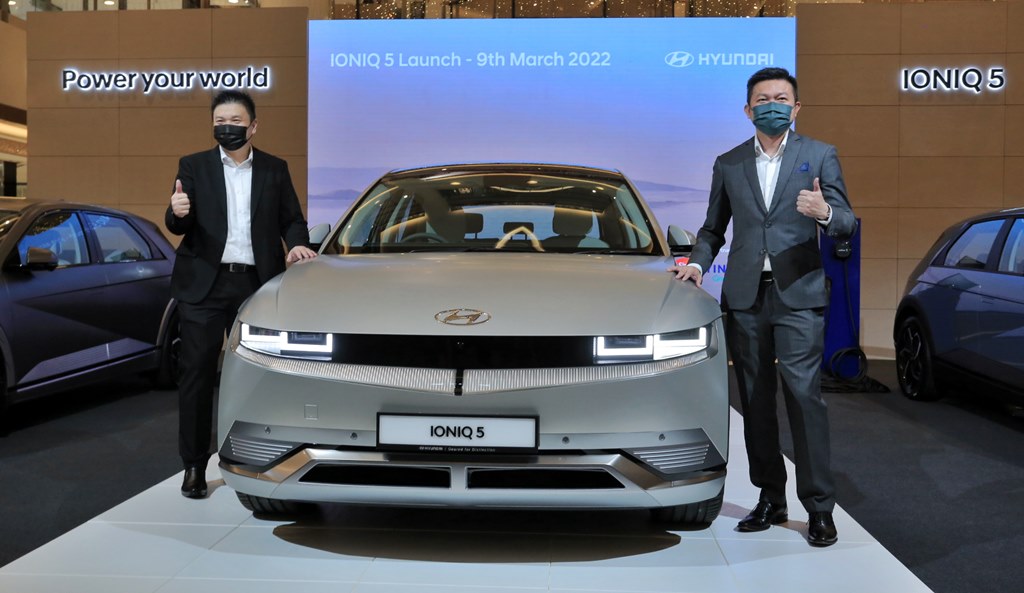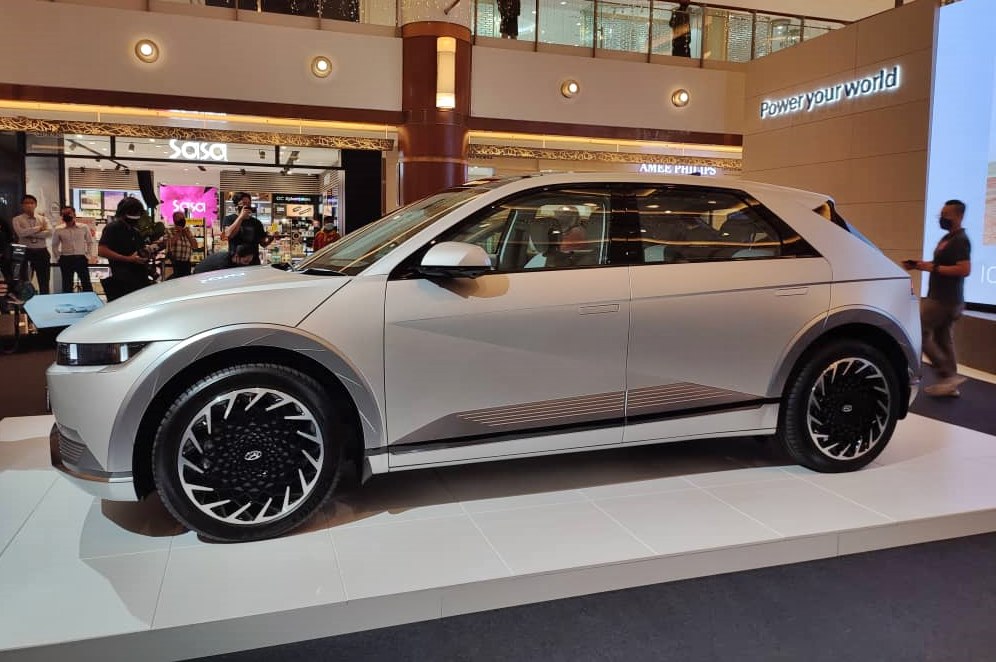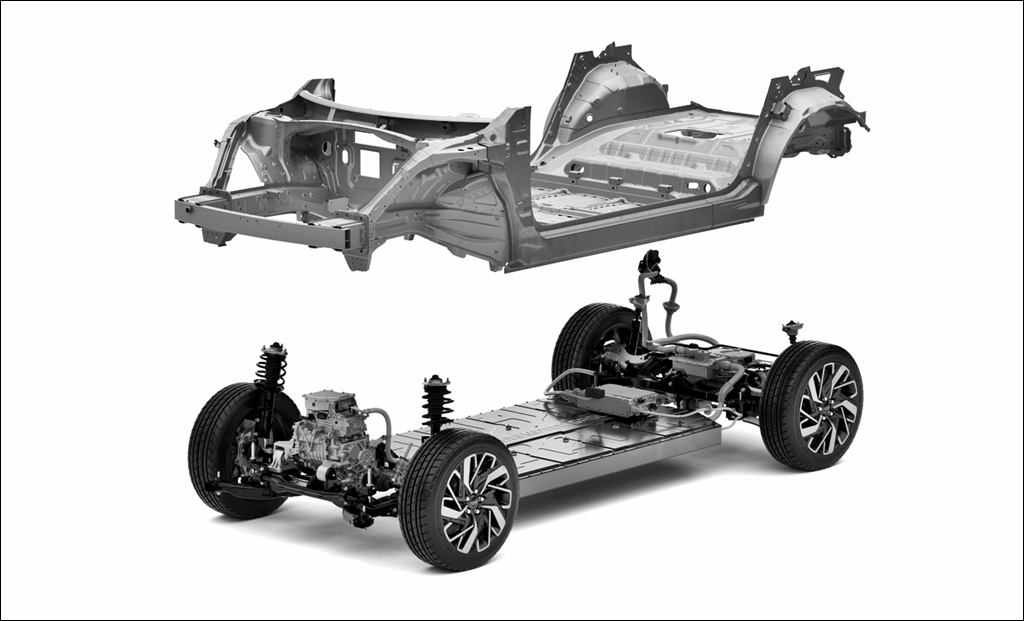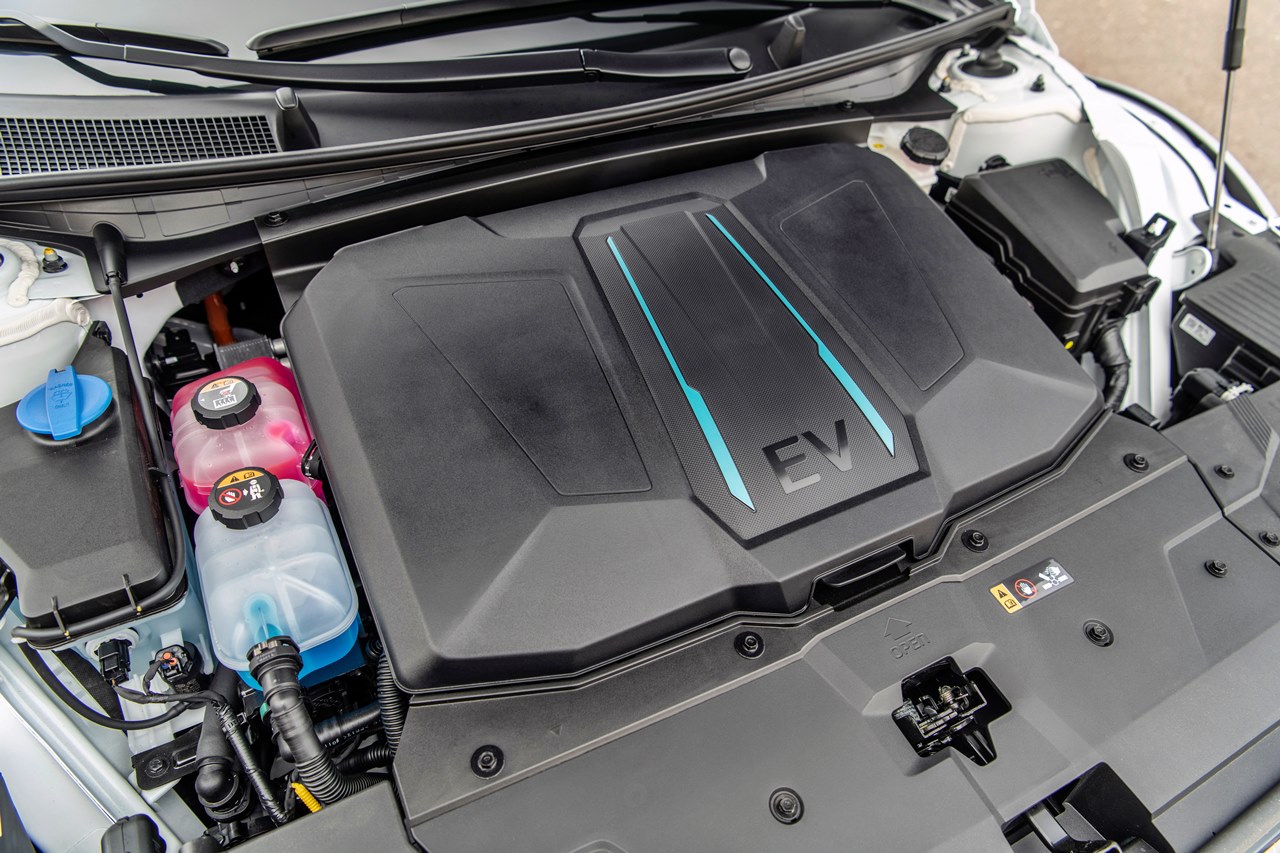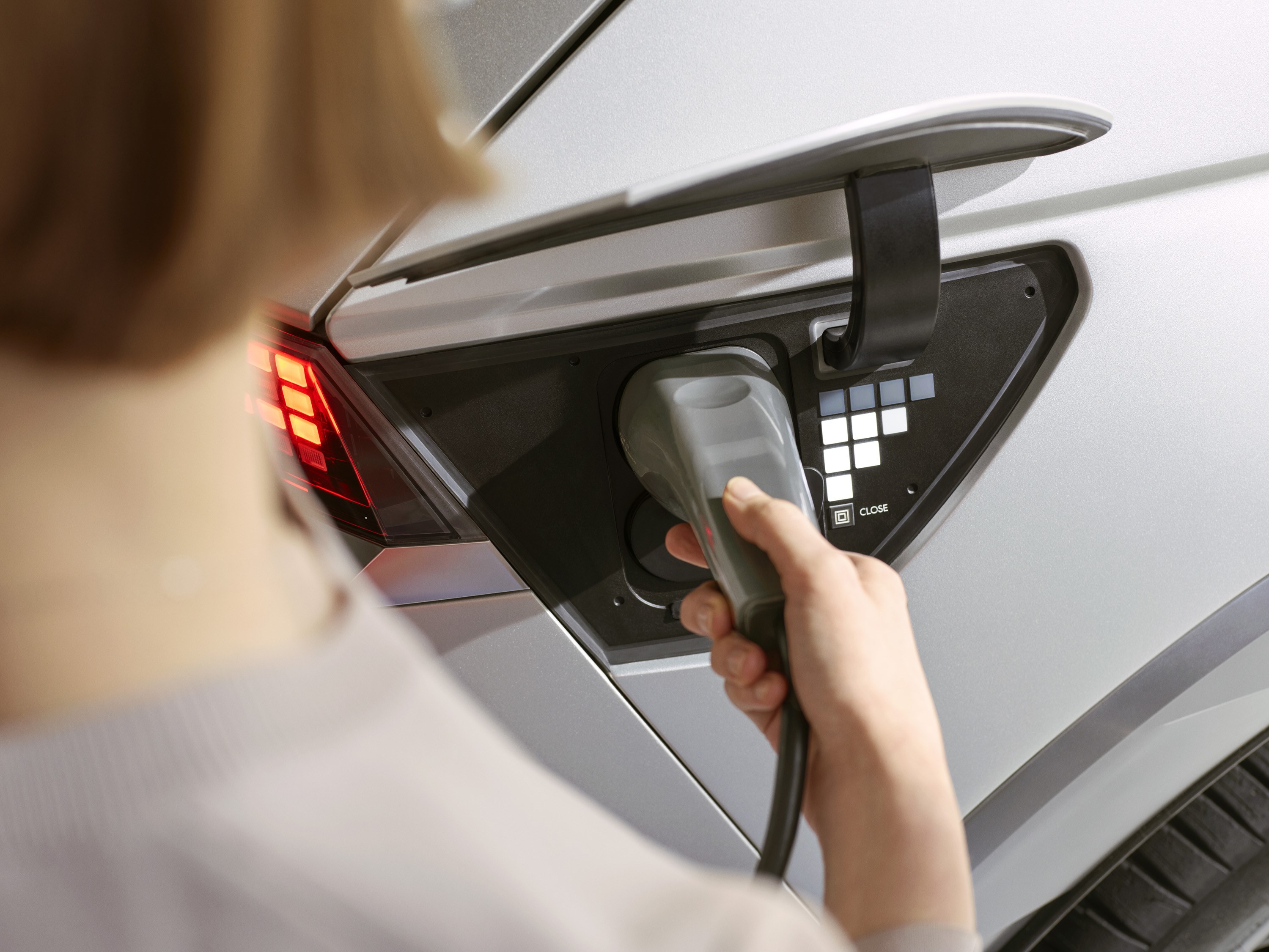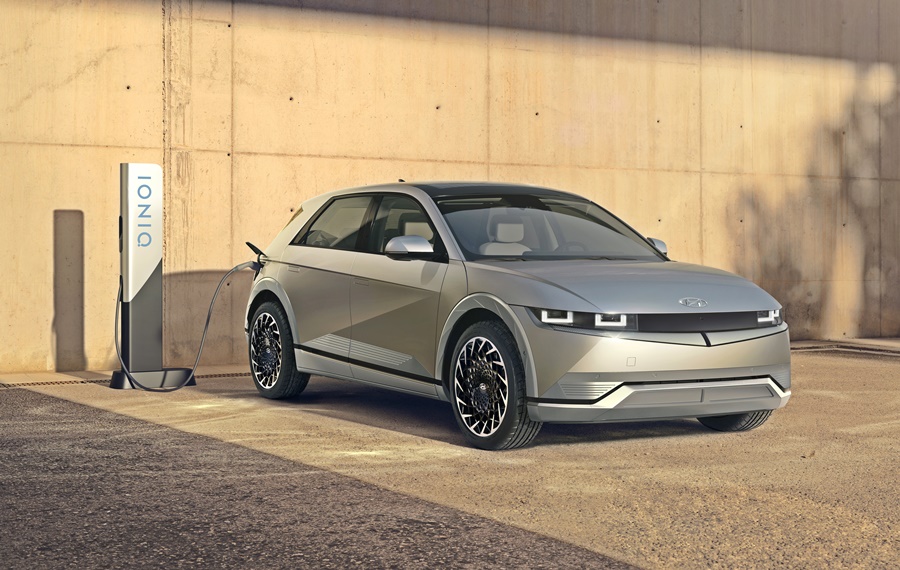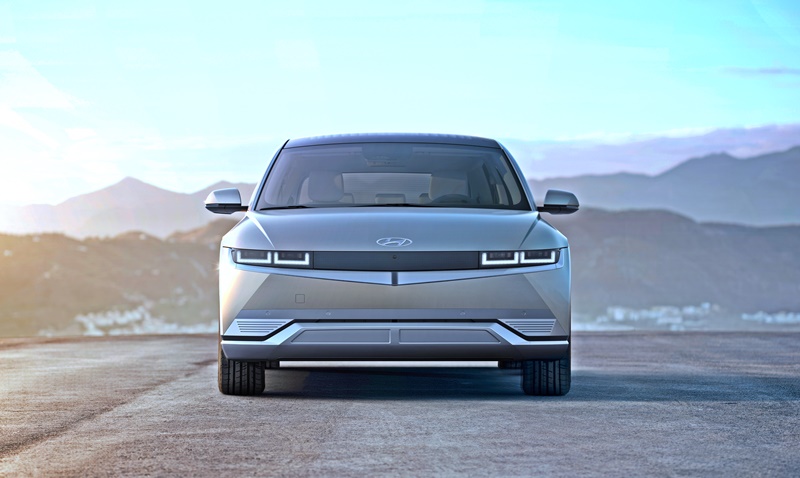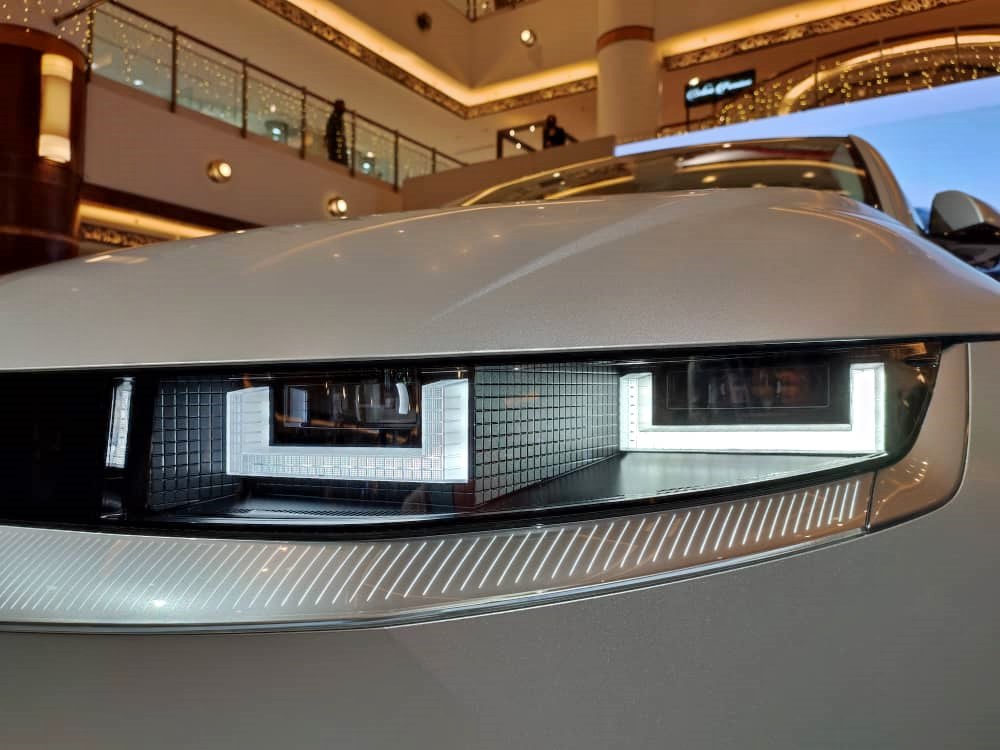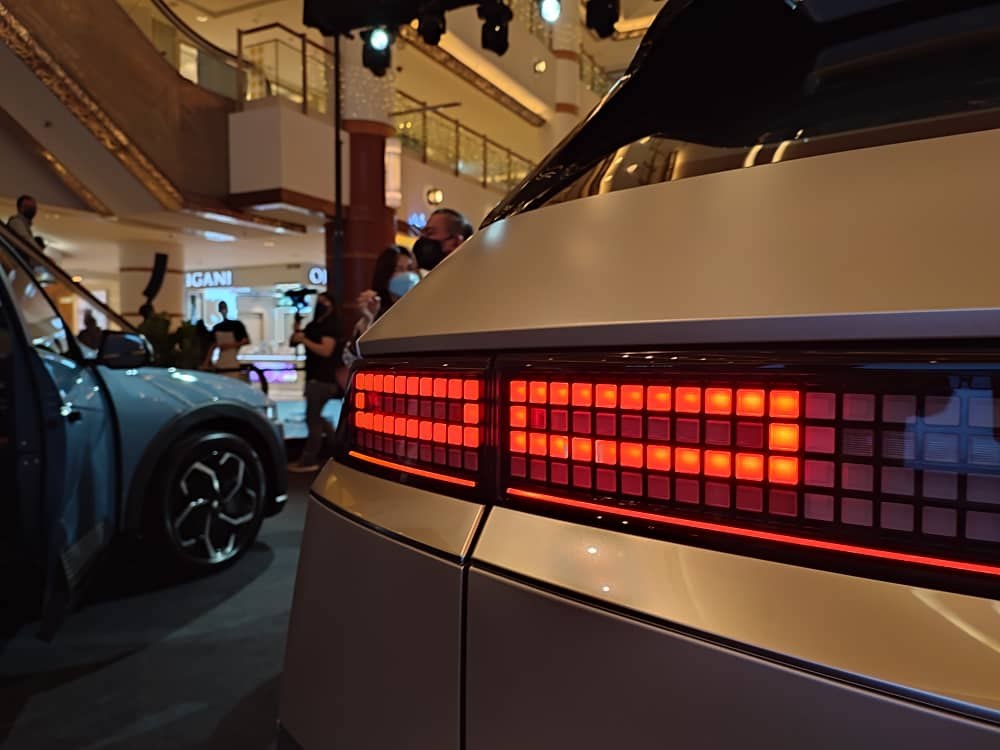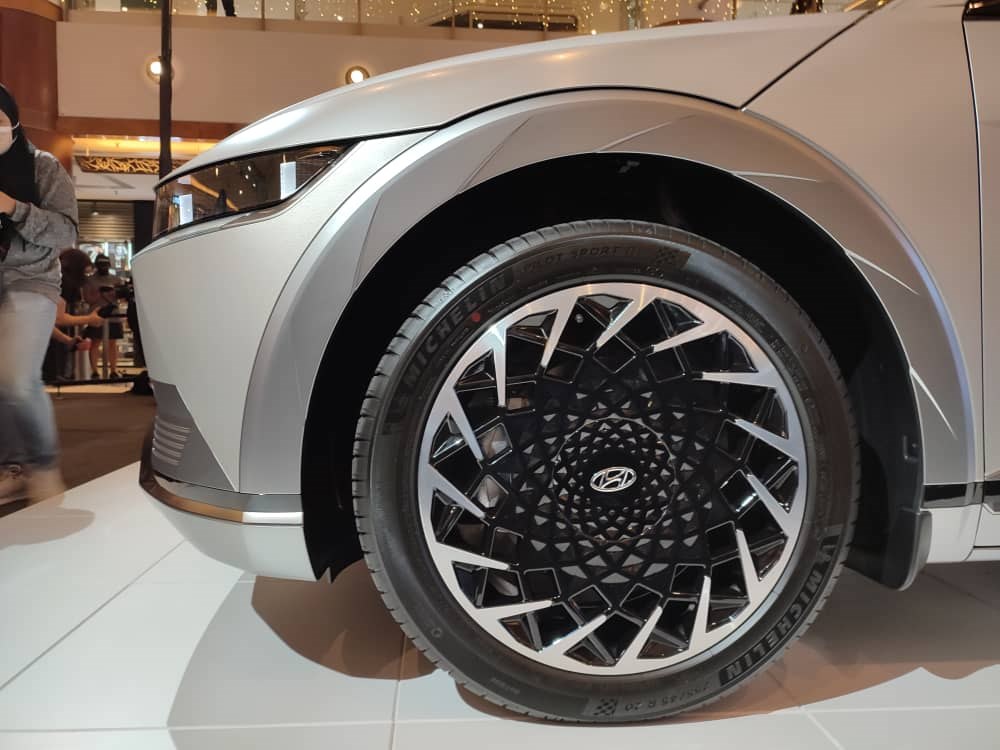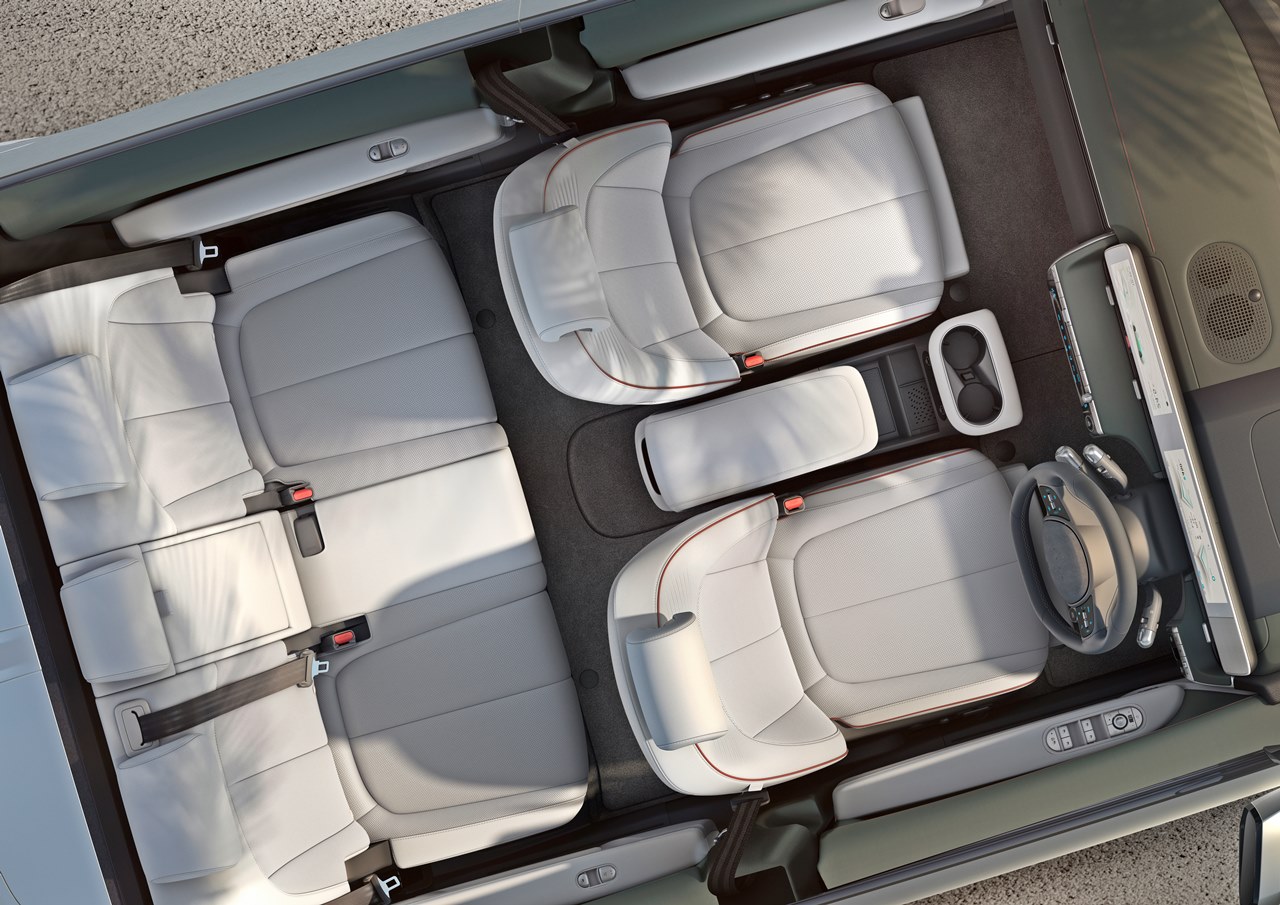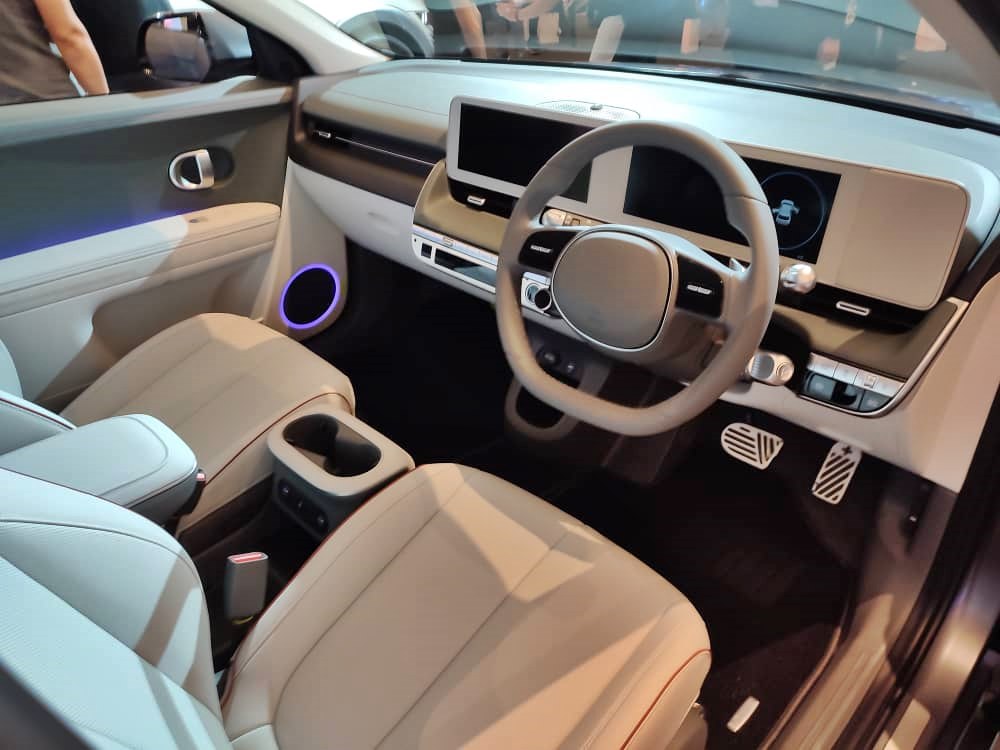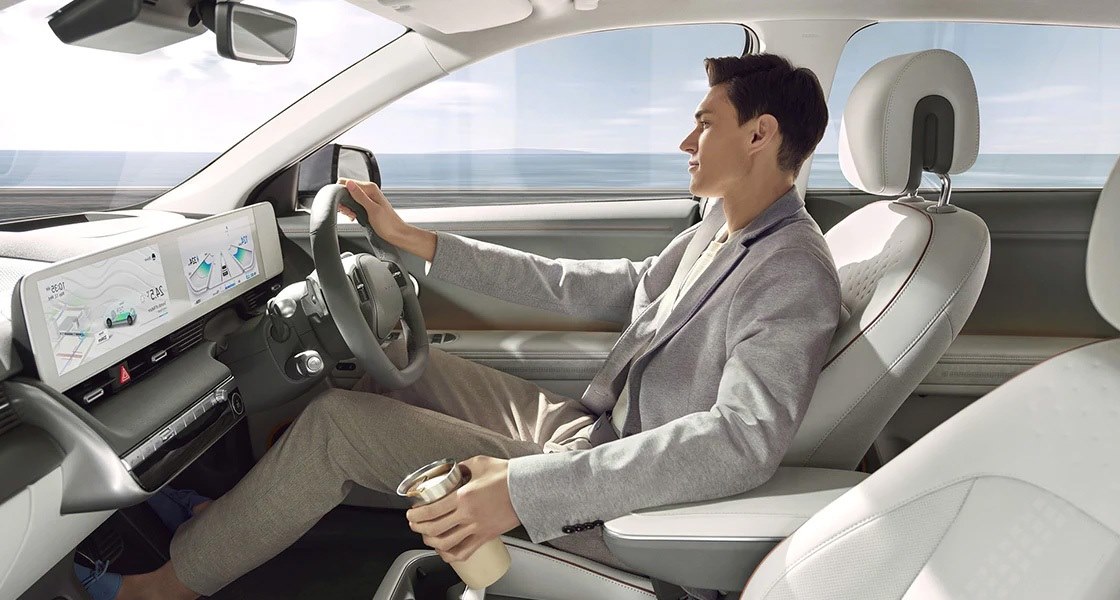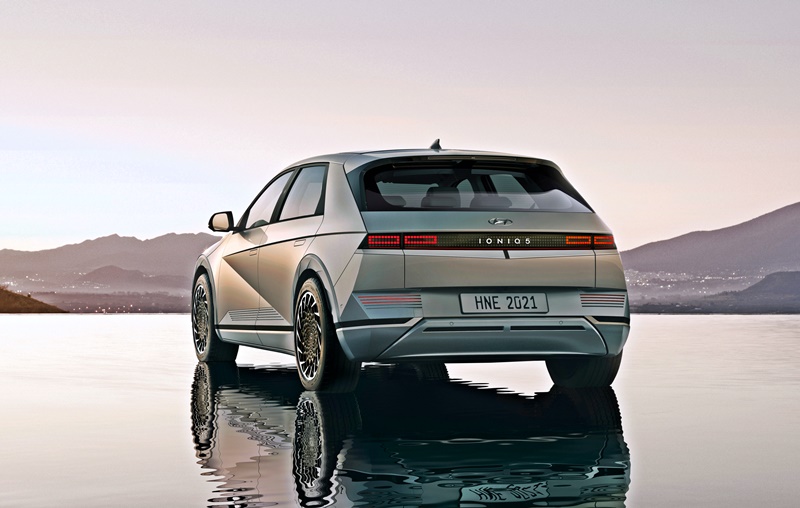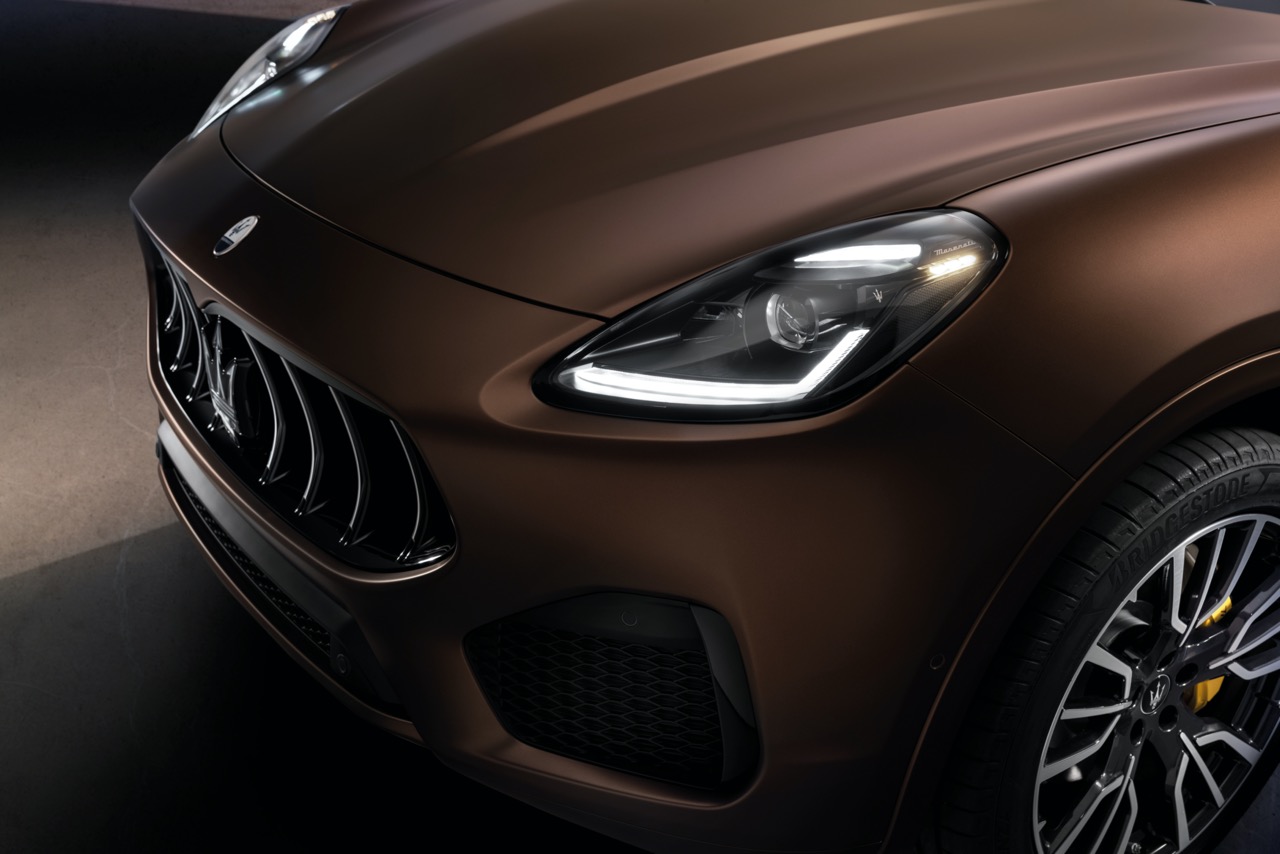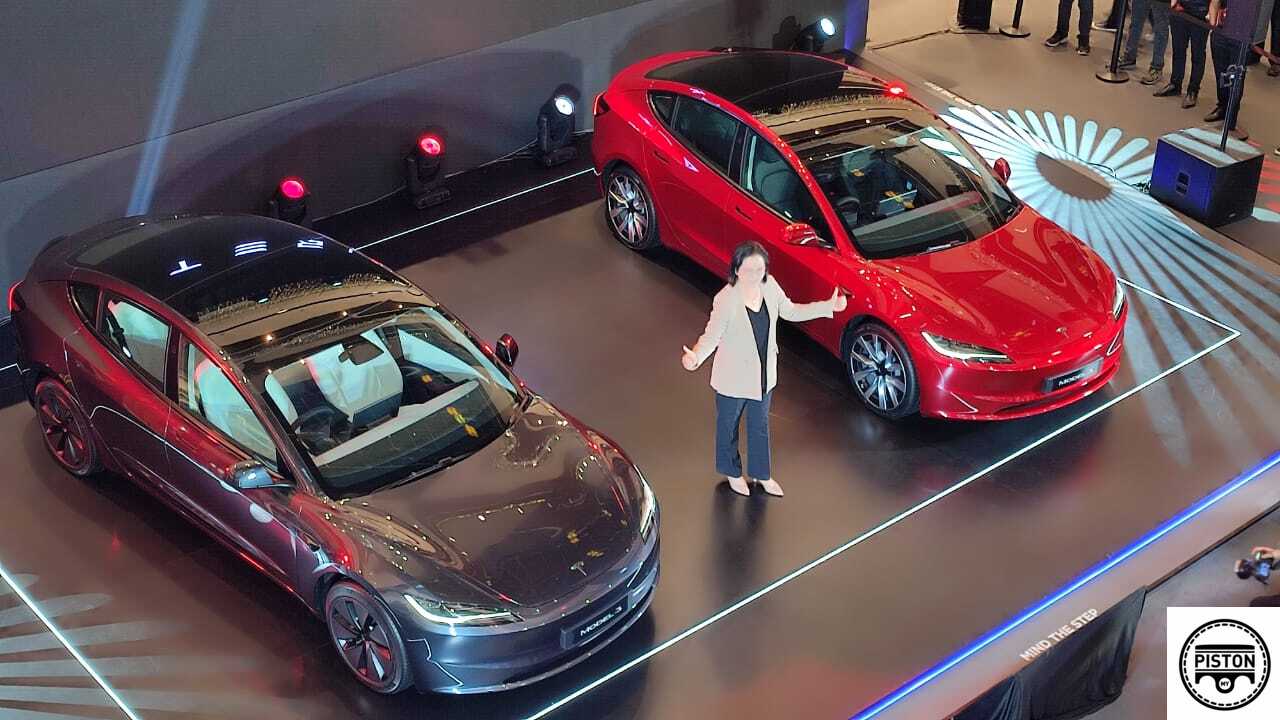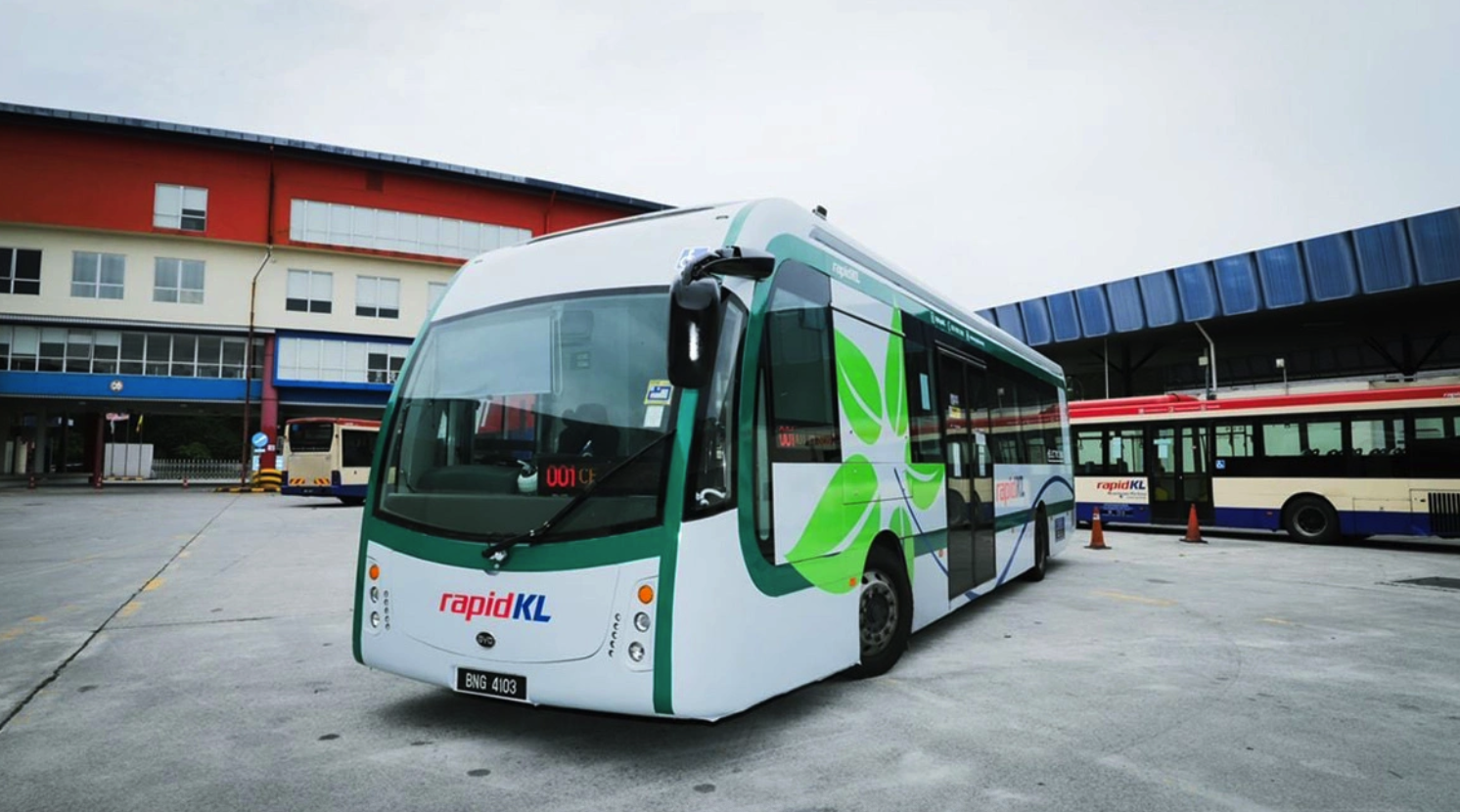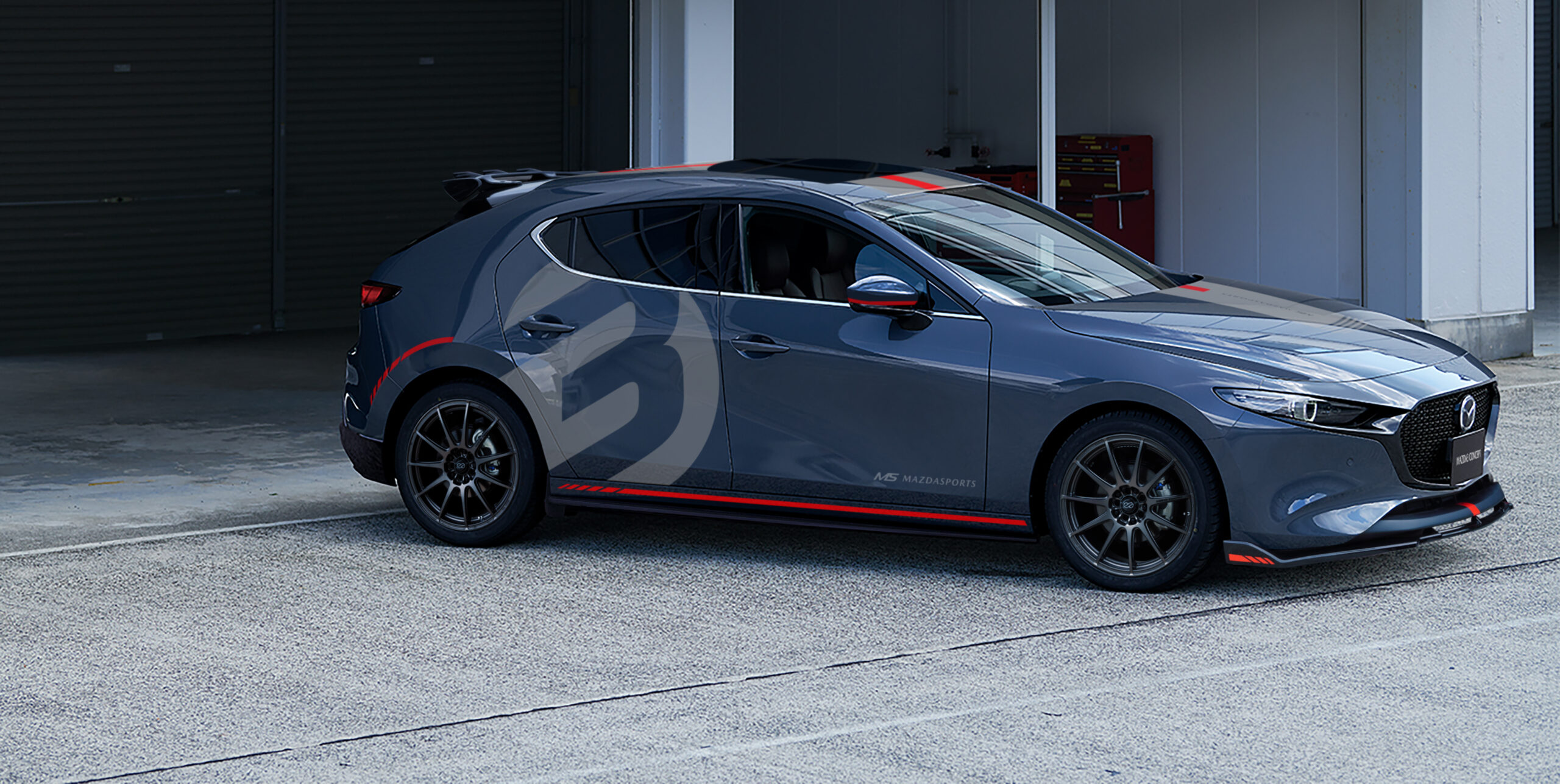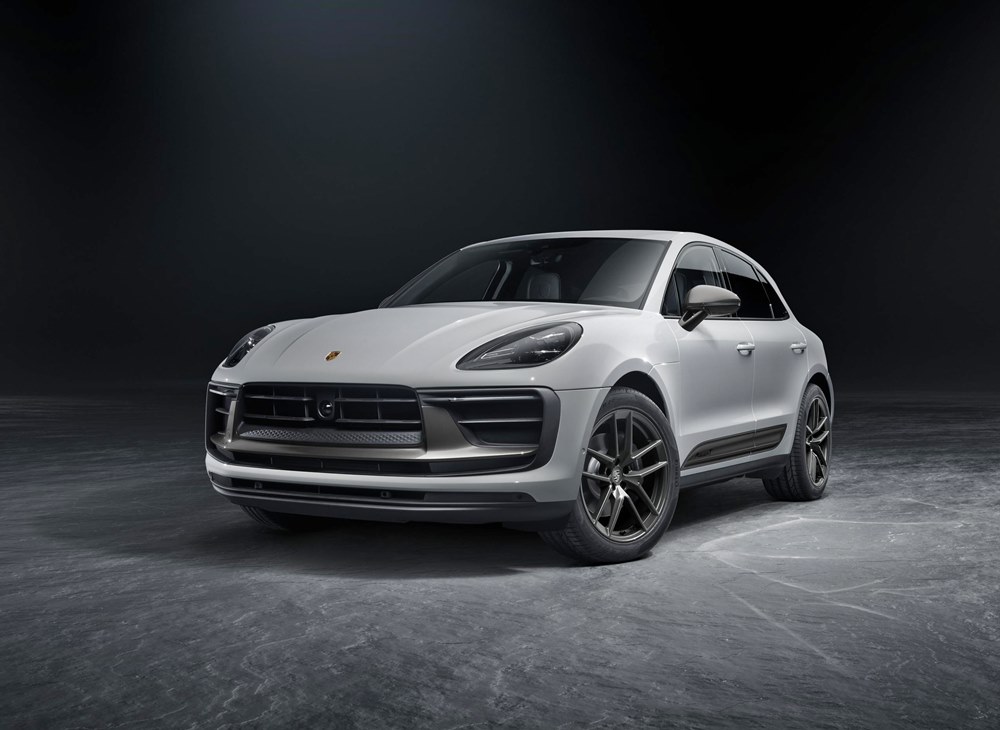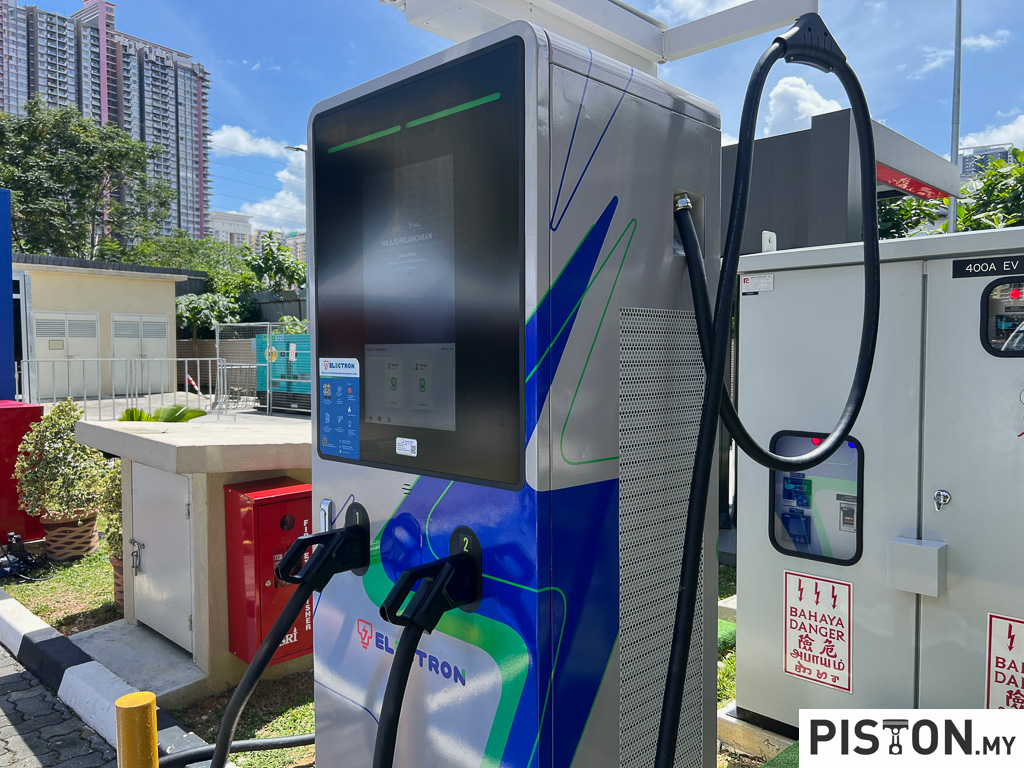Hyundai Sime Darby Motors (HSDM) has been quick off the mark to introduce electric vehicles, now that the government has given full duty exemption on battery electric vehicles (BEVs) for a few years. Following the launch of the Hyundai Kona Electric earlier, the company today launched its second BEV model – the IONIQ 5. The model was recently crowned ‘UK Car of the Year’ as well as third overall in the 2022 ‘European Car of the Year’.
Available in three versions (Lite, Plus and Max) – two versions with a single motor with rear-wheel drive and one with dual motors and all-wheel drive – the prices start from RM199,888 and RM259,888 (without insurance). The lower-priced Lite version has a single motor and a 58.2 kWh lithium-ion battery pack, while the top Max version with all-wheel drive has a more powerful 72.6 kWh battery pack. In between is another RWD version, the IONIQ 5 Plus, with better equipment and priced from RM229,888.
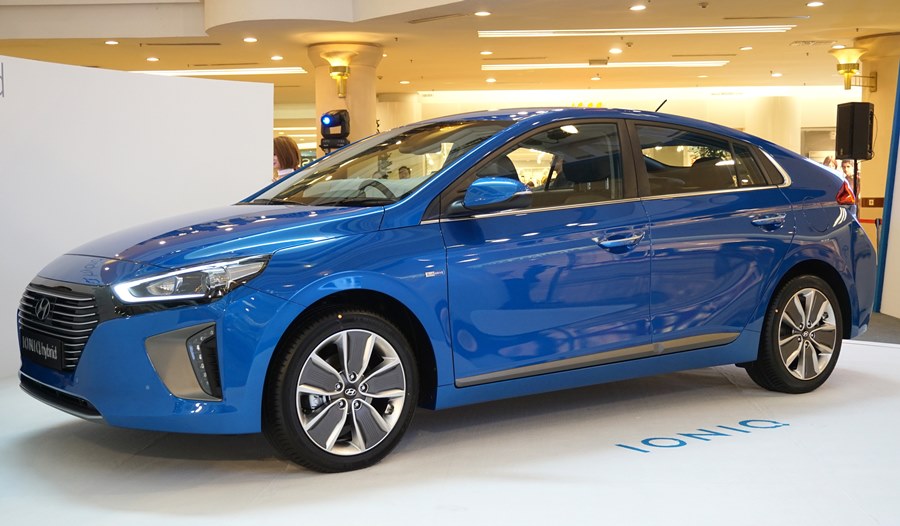
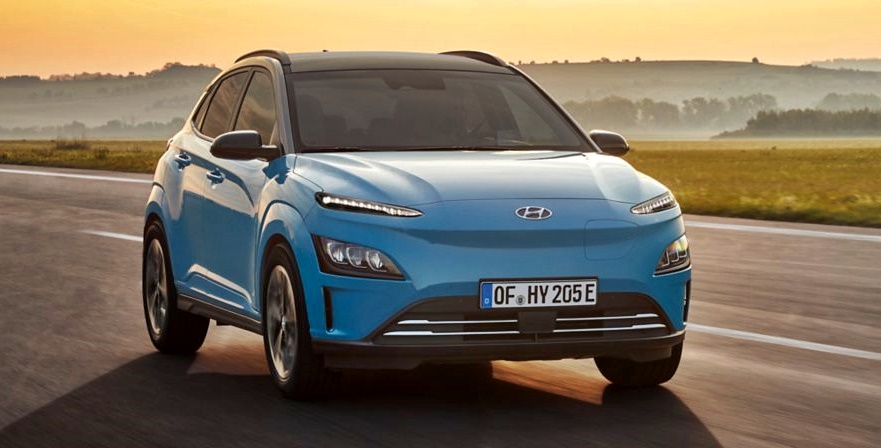
Dedicated platform for BEVs
Unlike the earlier IONIQ which was also available as a BEV (although only the hybrid version was sold in Malaysia), the IONIQ 5 is a new generation of fully electric models with no combustion engine variant. It uses Hyundai Motor Group’s dedicated BEV architecture called the Electric-Global Modular Platform (E-GMP) which will be used for all BEV models of the Hyundai and Kia brands. Hyundai expects this universal platform for its BEV models to reduce manufacturing costs and make manufacturing itself simpler. It plans to introduce at least 23 BEV models and aims to sell more than a million of them worldwide by 2025.
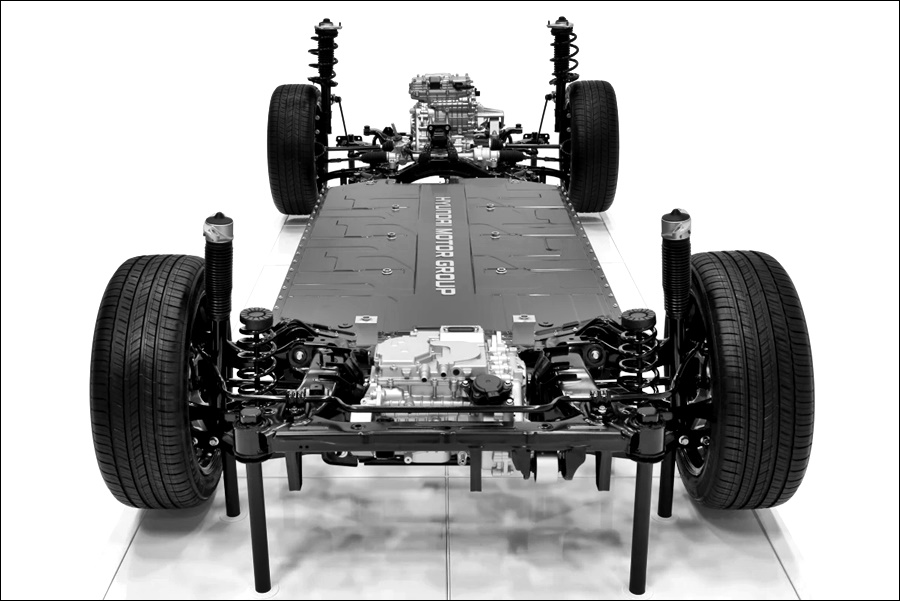
The AWD option with the 72.6-kWh battery produces a system output of 225 kWh and 605 Nm. This can give a claimed 0 to 100 km/h time of 5.2 seconds and a maximum speed of 186 km/h. With a 2-wheel drive set-up and 72.6-kWh battery, the IONIQ 5’s maximum driving range with a full battery pack is said to be up to 480 kms, while the smaller capacity battery pack is claimed to be good for 384 kms.
The IONIQ 5 also has a V2L (Vehicle-to-Load) function which makes it a mobile ‘powerbank’. It can provide up to 3.8 kW of electricity for charging large electric devices such as electric bicycles, scooters or camping equipment.
Charging time – 47 minutes to 6.1 hours
Depending on the type of charging system, the time to recharge the battery pack can be from 47 minutes (fast-charging) or up to 6.1 hours when using an 11 kW home-charger. HSDM offers customers two choices of AC charging stations – 7 kW and 22 kW, priced at RM6,000 and RM7,000, respectively, inclusive of standard installation costs. So that’s an additional cost to include in the price but if you want to save the money, you can use public charging stations which are limited at the moment (but steadily increasing). HSDM also has a collaboration with Yinson GreenTech for Hyundai EV owners to use the chargEV network which now has over 400 charging stations.
For those who are concerned about the cost of replacing battery packs, HSDM provides an 8-year/160,000 km warranty specifically for the item. For the rest of the vehicle, the standard warranty period is a somewhat short 2 years or maximum of 50,000 kms. Customers can, however, take the option of extending this period (at extra cost) to 5 years or maximum of 100,000 kms, with 3 years (or maximum of 50,000 kms) of scheduled maintenance included.
Design inspired by Pony
Design-wise, the IONIQ 5 certainly has futuristic looks with a profile said to be influenced by the Pony, Hyundai’s historically significant model which was its first global car. The 4.6-metre long body sits over a platform with a 3,000 mm wheelbase and this extended wheelbase requires a more sophisticated approach to translate this new proportion into a contemporary EV typology.
The front section has Hyundai’s first clamshell bonnet that minimizes panel gaps for optimal aerodynamics. The front bumper is defined by an eye-catching V-shape incorporating distinctive daytime running lights (DRLs) that provide a light signature unique to IONIQ 5. The small pixel-like clusters also appear at the rear of the car.
On the sides, flush door handles (which extend when needed) provide clean surface styling and obviously, enhanced aerodynamic efficiency. The front and rear forms of the car merge at the doors – another example of Hyundai’s ‘Parametric Dynamics’ design first seen on the latest Tucson and also on the Elantra.
The strong C-pillar shape, inspired by the ‘45’ EV concept, gives a commanding presence clearly identifiable from a distance. Aero-optimized wheels further echo the Parametric Pixel design theme and are offered in a super-sized 20-inch diameter, the largest rims ever fitted to a Hyundai EV.
‘Living Space’ theme inside
Within the IONIQ 5, a ‘Living Space’ theme is adopted to turn the cabin into a comfortable and welcoming environment. A Universal Island, which is a moveable centre console, can slide back as much as 140 mm to allow more freedom of movement inside the cabin.
Media error: Format(s) not supported or source(s) not found
Download File: https://www.piston.my/wp-content/uploads/2022/03/Hyundai-IONIQ-5-interior.mp4?_=1The front seats have reduced thickness by 30%, providing more space for those seated behind. Many of the interior touchpoints — seats, headliner, door trim, floor and armrest — use eco-friendly, sustainably-sourced materials. Examples of such materials are recycled PET bottles, plant-based (bio PET) yarns and natural wool yarns, eco-processed leather with plant-based extracts, and bio paint with plant extracts.
As would be expected, the IONIQ 5 has advanced technologies for an enhanced digital user experience. The clean dashboard has two tablet-like 12-inch screens. The left one is an infotainment touchscreen while the right one is a digital meter display that can be customized. The front and rear seats (Max variant only) also have power adjustment.
Older Hyundai models can now be covered under HSDM’s Extended Warranty programme




